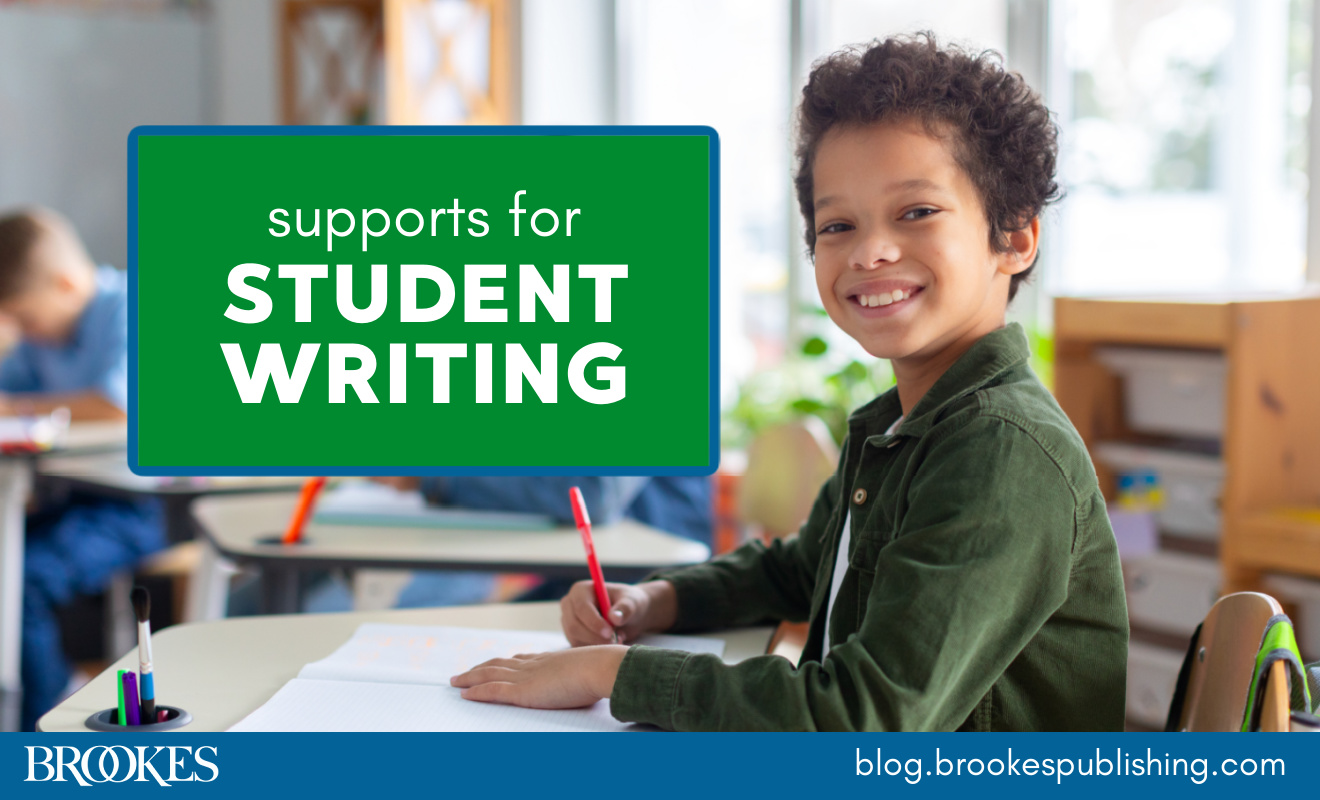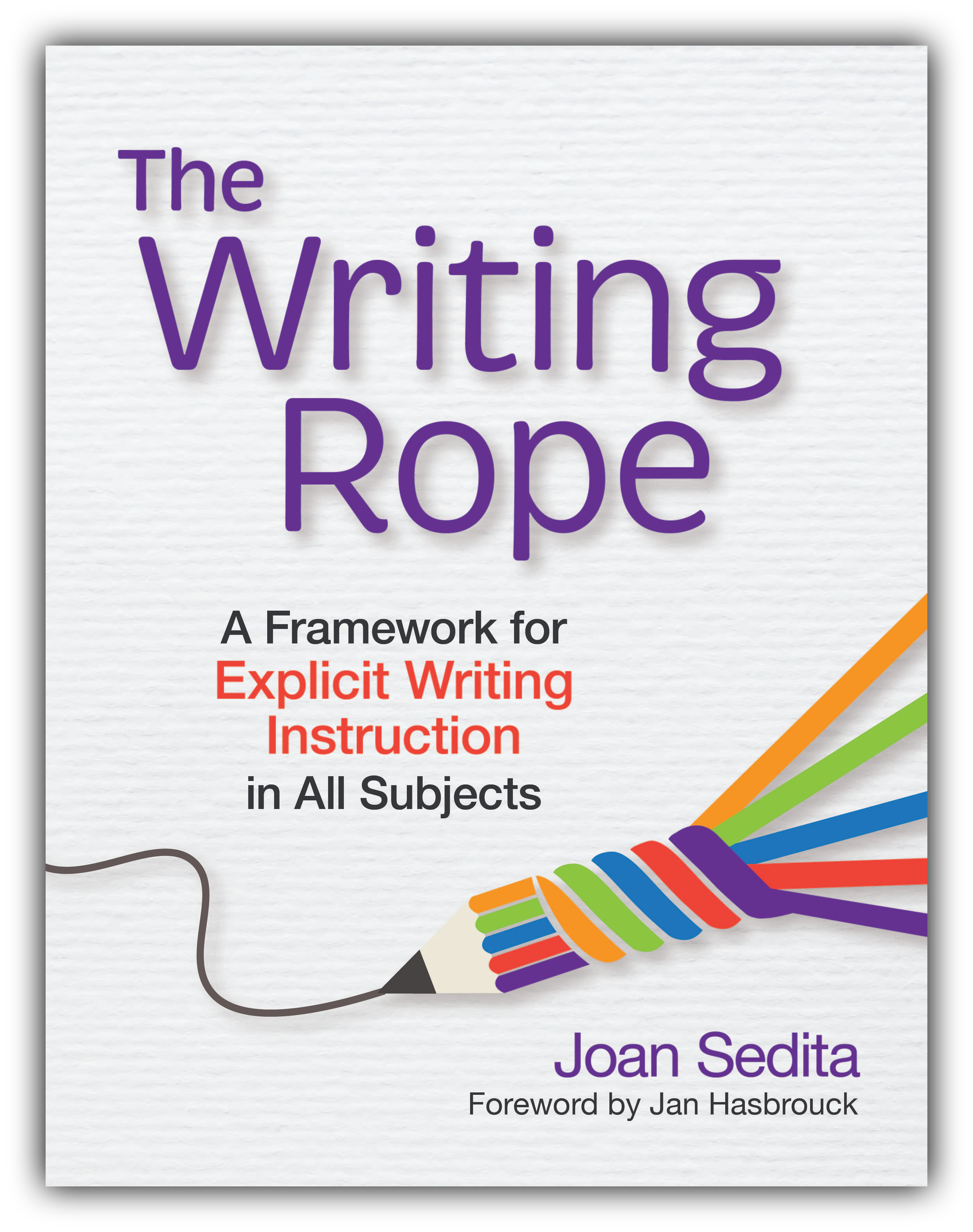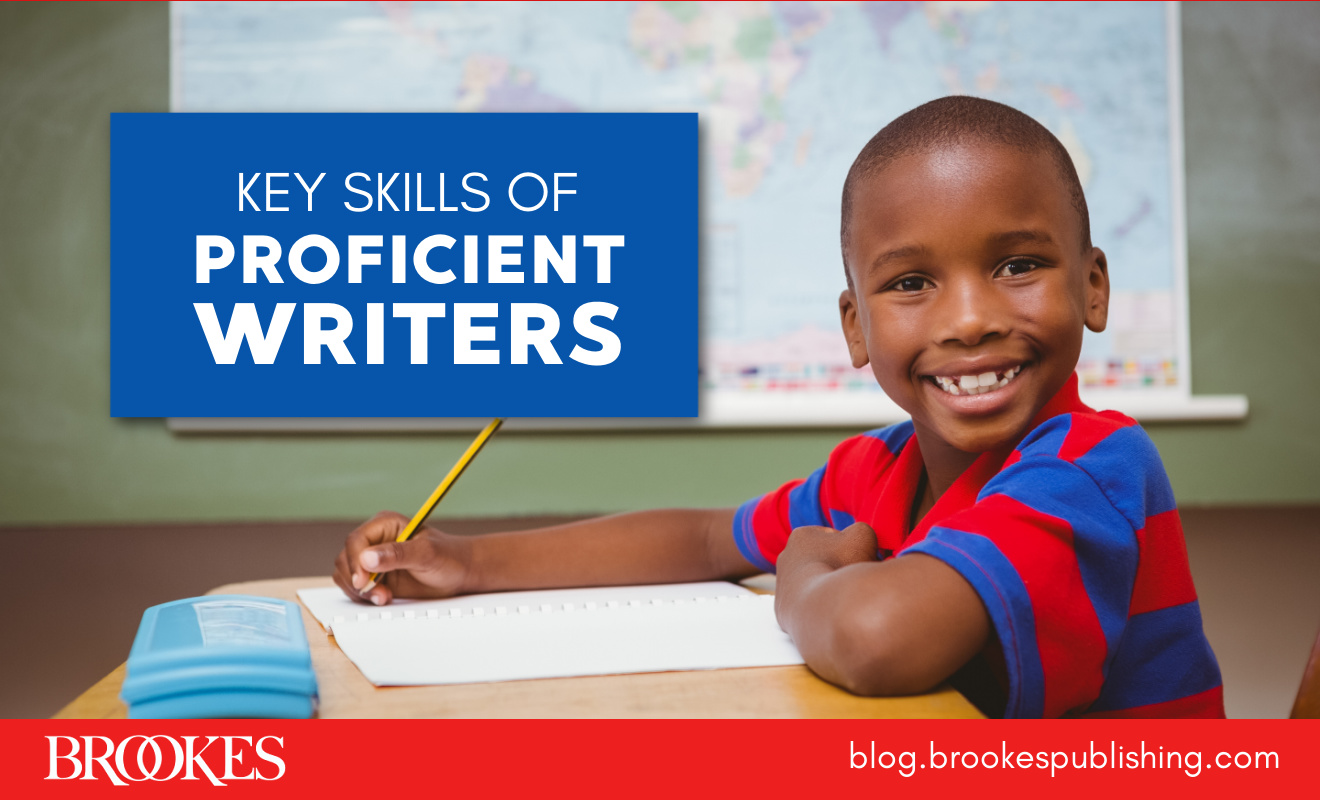6 Types of Self-Instructions to Help Your Students With Writing
May 21, 2024
 *Today’s post is excerpted and adapted from the book Powerful Writing Strategies for All Students by Karen R. Harris, Steve Graham, Linda H. Mason, & Barbara Friedlander.
*Today’s post is excerpted and adapted from the book Powerful Writing Strategies for All Students by Karen R. Harris, Steve Graham, Linda H. Mason, & Barbara Friedlander.
Expert writers commonly “talk to themselves” as they write. They engage in a running dialogue with themselves, making comments about:
- where they are in the process
- what needs to be done next
- why some ideas do or don’t work
- how they will phrase certain ideas
- whether readers will understand what they are saying
- what a great job they are doing
- and more
Most of this private self-speech serves the general cognitive functions of orienting, organizing, and structuring the author’s behavior. In effect, writers tell themselves what to do while they write, setting and staying with a plan and helping themselves over rough spots.
Deliberate self-instructions can greatly help your students through the writing process, no matter what type of writing they’re working on. Self-instructions can direct students’ attention to relevant events, stimuli, or aspects of a problem. They assist students in generating and selecting alternative courses of action. They focus thinking, increase memory for steps and procedures, and help students perform a sequence of actions or steps. They also reinforce and help maintain task-relevant behaviors and provide ways of coping with failure and reinforcing success.
Here are six basic types of self-instructions you can teach your students to use to enhance their writing process:
Problem Definition
When beginning to write, students must define the problem /situation. They should size up the nature and demands of the task and ask themselves, “What do I have to do here?” and “What is my first step?” They then define the task—for example, “I want to write a convincing essay.”
Focusing of Attention and Planning
Students can use these statements to focus their attention and begin to develop their plans. They may think, “I need to concentrate, be careful, and think of the steps. To do this right, I need to make a plan. First, I need to ____, and then _____.”
Strategy Implementation
Self-instructions can assist students in self-regulating strategy use. They might tell themselves, “First, I will write down my essay writing reminder. The first step in writing an essay is ______. My goals for this essay are _____, and I will self-record on _______.”
Self-Evaluation
While they write, students can use self-instructions to evaluate performance, thus catching and correcting any errors. They might think to themselves, “Have I used all my story parts? Oops, I missed one. That’s okay. I can revise.” They will also identify when they have done a step correctly or met a goal, naturally leading to self-reinforcement.
Coping and Self-Control
Self-instructions can also help students cope and exercise self-control. They may say to themselves, “Don’t worry. I can handle this. I know the steps,” or “It’s okay to feel a little anxious—a little anxiety can help.”
Self-Reinforcement
Self-instructions include positive, reinforcing statements such as, “I’m getting better at this!” or “I like this ending. Wait until my teacher reads this!” Self-reinforcement requires self-evaluation compared with a specific criterion. Students must be able to accurately know when self-reinforcement is warranted.





Write a Comment
Your email address will not be published. Required fields are marked *
Post a Comment